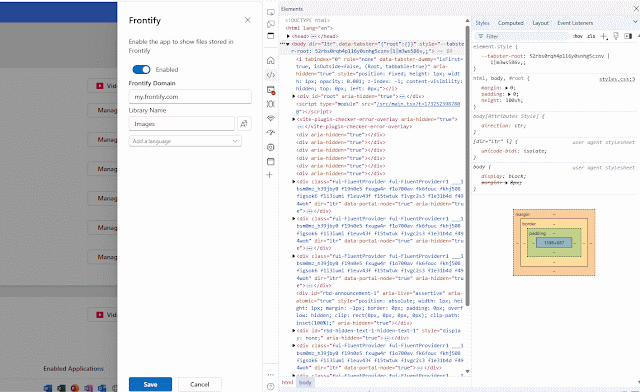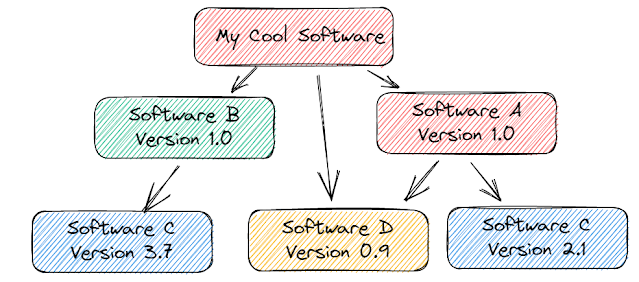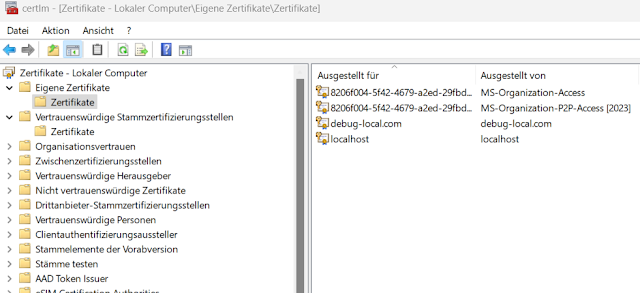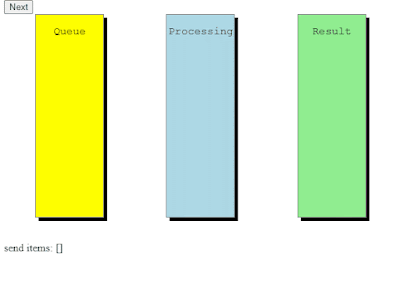How to create subsites in modern SharePoint experience

By default creating subsites in SharePoint Online is disabled. Seems like Microsoft is going away from using subsites an instead on only using site collections. Subsites are creating another level of complexity with permissions and features. So going away from this seems reasonable. But if you still want to creata a sub site you must be an SharePoint administrator to enable this feature. Go to your SharePoint administration page and replace the url as follows: https://yourtenant-admin.sharepoint.com/_layouts/15/online/TenantSettings.aspx There you'll find the option to enable creating of subsites. Once enabled you can go to your site collection, goto your website settings. In the menu where you normally create a list or an app you'll see a new menu entry subsite.




.png)